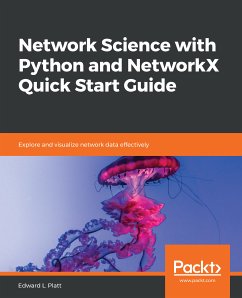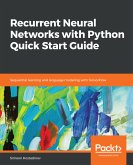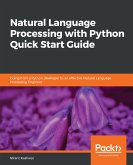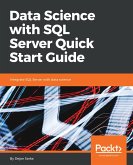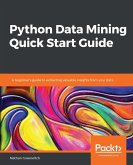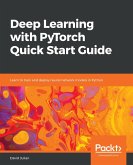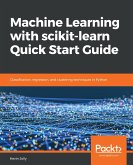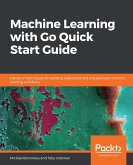Key Features
- Understand the terminology and basic concepts of network science
- Leverage the power of Python and NetworkX to represent data as a network
- Apply common techniques for working with network data of varying sizes
Book Description
NetworkX is a leading free and open source package used for network science with the Python programming language. NetworkX can track properties of individuals and relationships, find communities, analyze resilience, detect key network locations, and perform a wide range of important tasks. With the recent release of version 2, NetworkX has been updated to be more powerful and easy to use.
If you're a data scientist, engineer, or computational social scientist, this book will guide you in using the Python programming language to gain insights into real-world networks. Starting with the fundamentals, you'll be introduced to the core concepts of network science, along with examples that use real-world data and Python code. This book will introduce you to theoretical concepts such as scale-free and small-world networks, centrality measures, and agent-based modeling. You'll also be able to look for scale-free networks in real data and visualize a network using circular, directed, and shell layouts.
By the end of this book, you'll be able to choose appropriate network representations, use NetworkX to build and characterize networks, and uncover insights while working with real-world systems.
What you will learn
- Use Python and NetworkX to analyze the properties of individuals and relationships
- Encode data in network nodes and edges using NetworkX
- Manipulate, store, and summarize data in network nodes and edges
- Visualize a network using circular, directed and shell layouts
- Find out how simulating behavior on networks can give insights into real-world problems
- Understand the ongoing impact of network science on society, and its ethical considerations
Who this book is for
If you are a programmer or data scientist who wants to manipulate and analyze network data in Python, this book is perfect for you. Although prior knowledge of network science is not necessary, some Python programming experience will help you understand the concepts covered in the book easily.
Dieser Download kann aus rechtlichen Gründen nur mit Rechnungsadresse in A, B, BG, CY, CZ, D, DK, EW, E, FIN, F, GR, HR, H, IRL, I, LT, L, LR, M, NL, PL, P, R, S, SLO, SK ausgeliefert werden.

